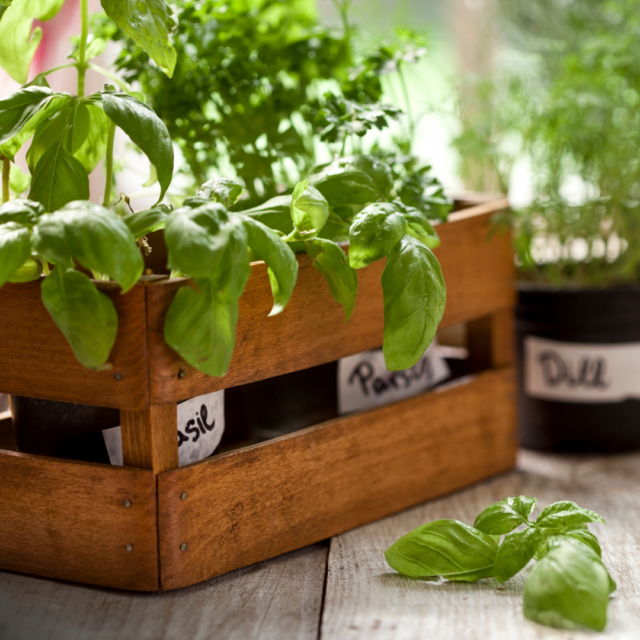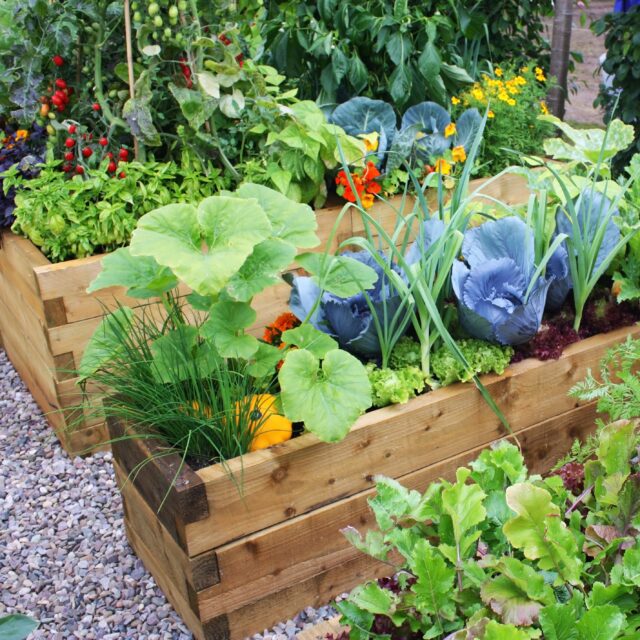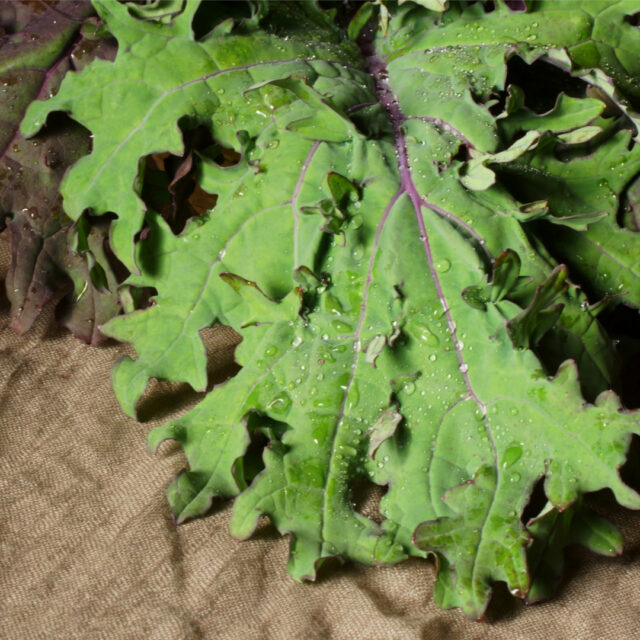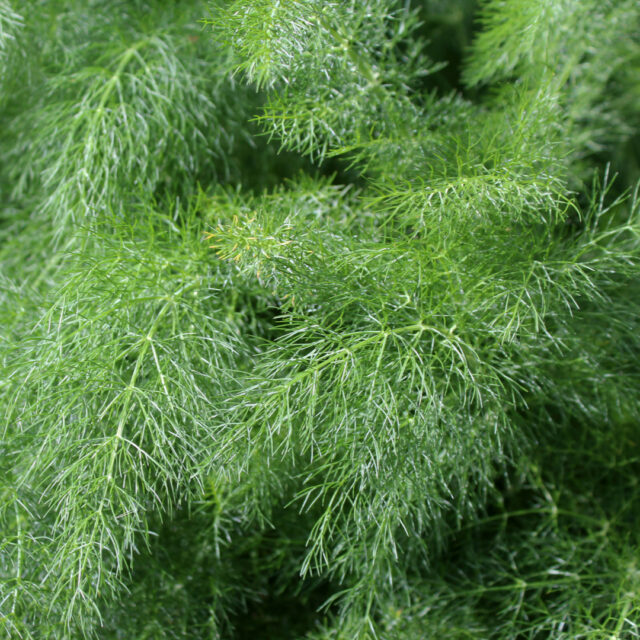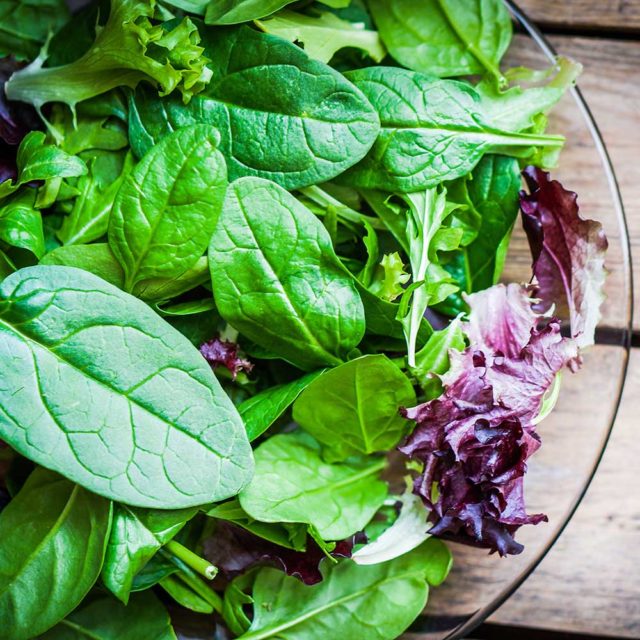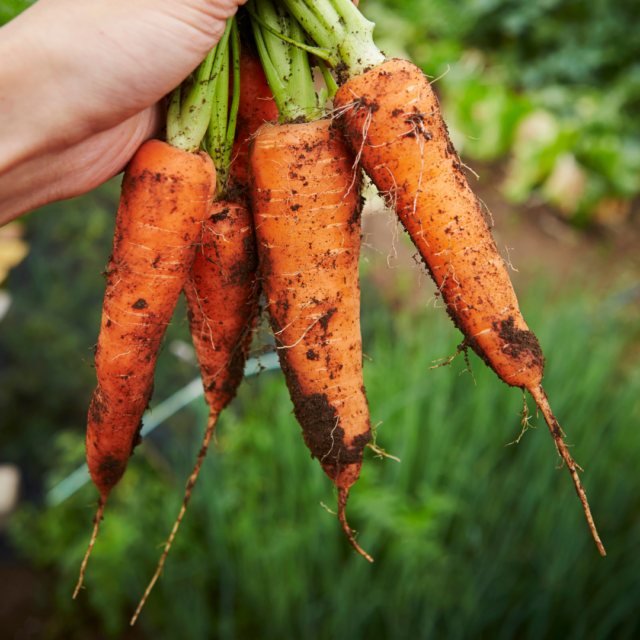Division is a wonderfully quick and simple way of propagating your plants. You can divide them to increase the number, or to help maintain health and vigour of the existing perennial.
Its important to know what kind of roots the plant you want to divide has; does it have a fibrous, clump forming roots? Does it have runners or a crown? You can find this out by gentle digging up the plant and exploring what’s down there.
The only plants that don’t do well with division are those with tap roots. Other propagation methods can be used for this group. Thyme, Oregano, Mint, Strawberries, Rhubarb, Chives, Tarragon, Lovage, and Marjoram are all perfect candidates for division.
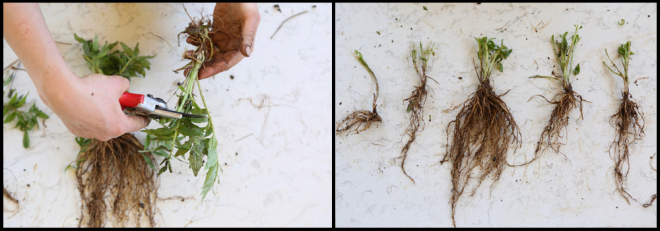
When to Divide
Spring and Autumn
Divide summer-flowering plants in spring (Mar-May) or autumn (Sep-Nov) when the soil is dry enough to work. In wet autumns, delay until spring. Spring is also better suited to plants that are a touch tender
Many spring-flowering plants, such as irises, are best divided in summer (Jun-Aug) after flowering when they produce new roots
Plants are keenly attuned to predictable seasonal changes. Changes in day length and temperature influence hormones that direct critical cycles, such as shoot growth, flowering, and, most important for would-be dividers, root growth. Most perennials grow vigorous new roots as the soil begins to warm in early spring. Many also grow new roots in autumn, when the soil is still warm but stems and leaves are going dormant. Because successful division depends on establishing new roots, it’s easy to see why spring and autumn are the recommended times. Some perennials will grow roots in summer if disturbed, but high temperatures demand evaporative cooling of leaves, which leads to water loss. Essential water loss at the same time you have just temporarily removed a plant’s water uptake system (i.e., the roots) adds up to one stressed perennial.
Step by step guide:
- Dig up the plant.
Keep the unearthed plant shaded from the sun and protect the roots from exposure to drying air if it’s not going to be replanted immediately. - Separate the plant into pieces.
Make sure that each section has several buds or growth points
Clumpers can be separated by teasing and tugging with your hands or slicing with a clean knife if the clump is especially tight. Runners are best divided with a knife, pruners, a spade, or forks. Thick rhizomes and tubers as well as tight woody crowns require sharp knife or pruners. Woody crowns may require a hand saw or sharpened spade. - Replant. Roots want to grow out and down, so don’t attempt to squeeze them in a hole by allowing the tips to point up or by contorting and winding them around the planting hole.
- Water! This helps settle the soil around the roots, ensuring good contact to enable water and nutrient uptake.
It really is pretty simple. If in doubt look your plant up before digging it up, there is always so much info out there.
Happy propagating!
